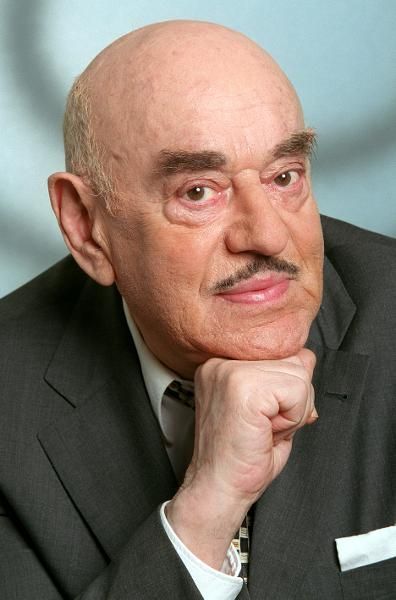Helena Bohle-Szacki

The Szacki's apartment in Berlin now becomes a real institution. Artists, writers, translators and opera dancers call by. Cultural salons are organized ifeaturing guests like Zbigniew Herbert, Ryszard Krynicki, Jacek Bocheński, Witold Wirpsza and Adam Zgajewski. Władysław Bartoszewski, Sławomir Mrożek and Jerzy Lipmann can also be seen here. But even destitute emigrants from Eastern Central Europe and numerous scholarship holders from Poland who lead a modest life can expect to find refuge with the Szackis - hardly anyone from the Communist Eastern bloc can afford a room in a Berlin hotel at the time. As a result the apartment is gradually renamed the "Szacki-Hotel".
When the 'Second Congress of Polish Culture in Exile' took place in London in 1985, during a reception with the Szackis the idea was born of organising a private Berlin congress in their apartment, which would meet regularly for consultations. Neither the participants of the meeting nor the hosts need much convincing to put the idea into practice. The Kultursalon establishes itself quickly and without any problems. The principle of openness towards all applies.
Helena Bohle-Szacki was not only culturally active at home. Between 1986 and 1999 she managed the gallery at the 'Polish Club of Catholic Intelligence' in Berlin. This institution was intended to counterbalance the negative image of the Poles in German society at the time. It set itself the task of countering the image created by numerous theft crimes committed by Poles or the employment of Poles as moonlighters, by replacing it with a positive image. With the support of the club, Helena Bohle-Szacki publishes two albums of her work: "Ślady i cienie" (Traces and Shadows) and "Od drzewa do drzewa" (From Tree to Tree). They contain the most important motifs of her work: geometric abstractions and trees. For the artist, the latter are an expression of perfection. Helena Bohle-Szacki now exhibits her work regularly, initially in smaller galleries. But later her prints and drawings can be admired in Copenhagen, Paris, Warsaw, Prague and London.
In the 1980s Helena Bohle-Szacki also becomes involved with "Solidarność". In interviews she emphasises that she feels particularly attached to Polish culture. She sees herself as a political refugee and observes the events in Poland with great attentiveness. When the strikes begin she does not hesitate to organise help. Initially this consists mainly of packages of inks and materials necessary for printing leaflets or for the underground press. During the martial law period, she uses half her salary to pay for material support and food, including help for women whose husbands have been interned. She also persuades many of her German acquaintances to participate in the relief efforts. In 1994 she is awarded the Officer's Cross of the Order of Polonia Restituta for her commitment to popularizing Polish culture. She also regains her Polish citizenship.
Helena Bohle-Szacki continues to spend the last years of her life in an active way, although her deteriorating eyesight makes daily tasks increasingly difficult. During this time she begins to report more and more frequently about her war experiences in order to bear witness to future generations - as she herself says. In her earlier years she was unwilling to talk about it. She dies in Berlin on August 21st 2011. According to her wishes, her ashes are scattered in an unknown place.
Monika Stefanek, March 2018
The artist's extraordinary life and work is commemorated in the long-term project "Mosty – die Brücken", which is being implemented by the Sleńdziński gallery in Białystok and financed, among others, by funds from the Stiftung Erinnerung, Verantwortung und Zukunft. As part of the project an exhibition dedicated to Helena Bohle-Szacki was held at Białystok in 2017. The project is also planned to be staged in Berlin, where artists from all over the world will reinterpret her work.
For the work on this article I have (amongst others), drawn on material from a book entitled, "Helena Bohle-Szacka. Lilka", which appeared in Białystok 2017 under the editorship of Marcin Różyc, and the article "Helena Bohle-Szacka. Pierwsza powojenna kreatorka, o której usłyszą za żelazną kurtyną“ by Hanna Rydlewska from a special supplement to the "Gazeta Wyborcza" entitled "Wysokie Obcasy" , published on 29th July 2017.
The online exhibition about Helena Bohle-Szacki is available here.


